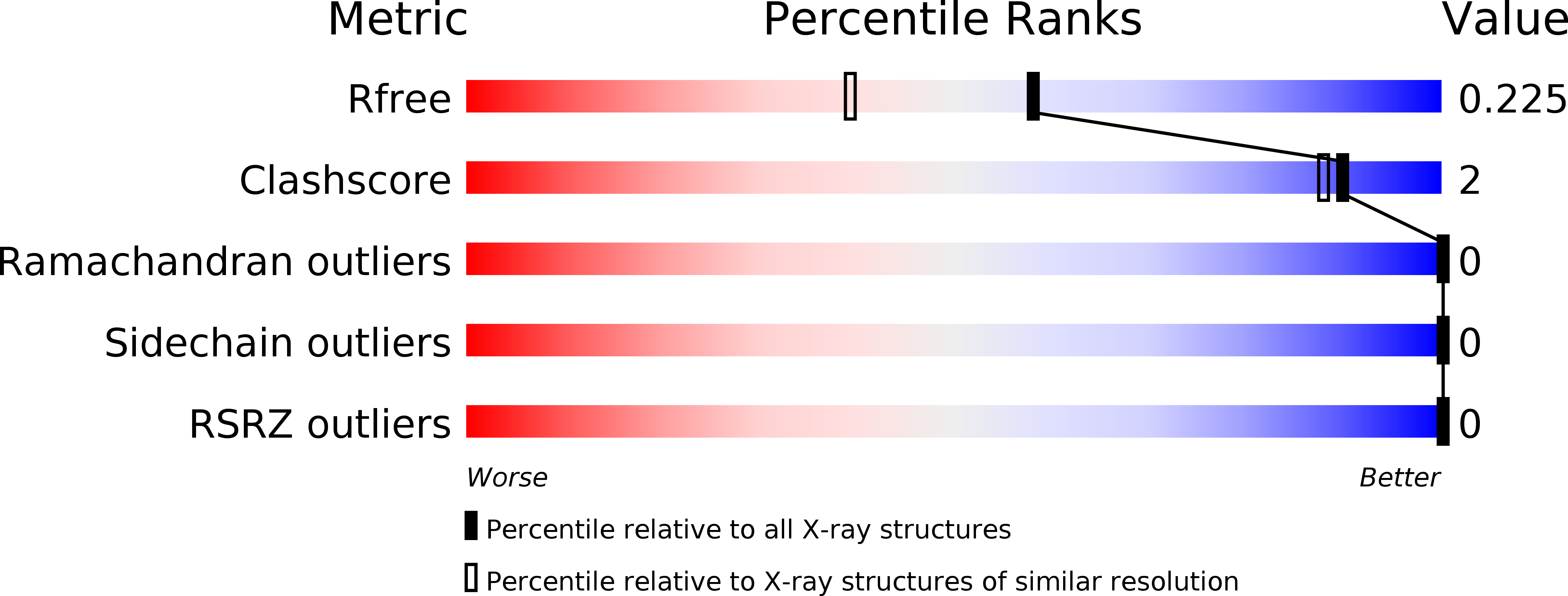
Deposition Date
2005-11-07
Release Date
2006-06-13
Last Version Date
2024-03-13
Entry Detail
PDB ID:
2EWT
Keywords:
Title:
Crystal structure of the DNA-binding domain of BldD
Biological Source:
Source Organism:
Streptomyces coelicolor (Taxon ID: 100226)
Host Organism:
Method Details:
Experimental Method:
Resolution:
1.81 Å
R-Value Free:
0.22
R-Value Work:
0.18
R-Value Observed:
0.18
Space Group:
C 1 2 1


